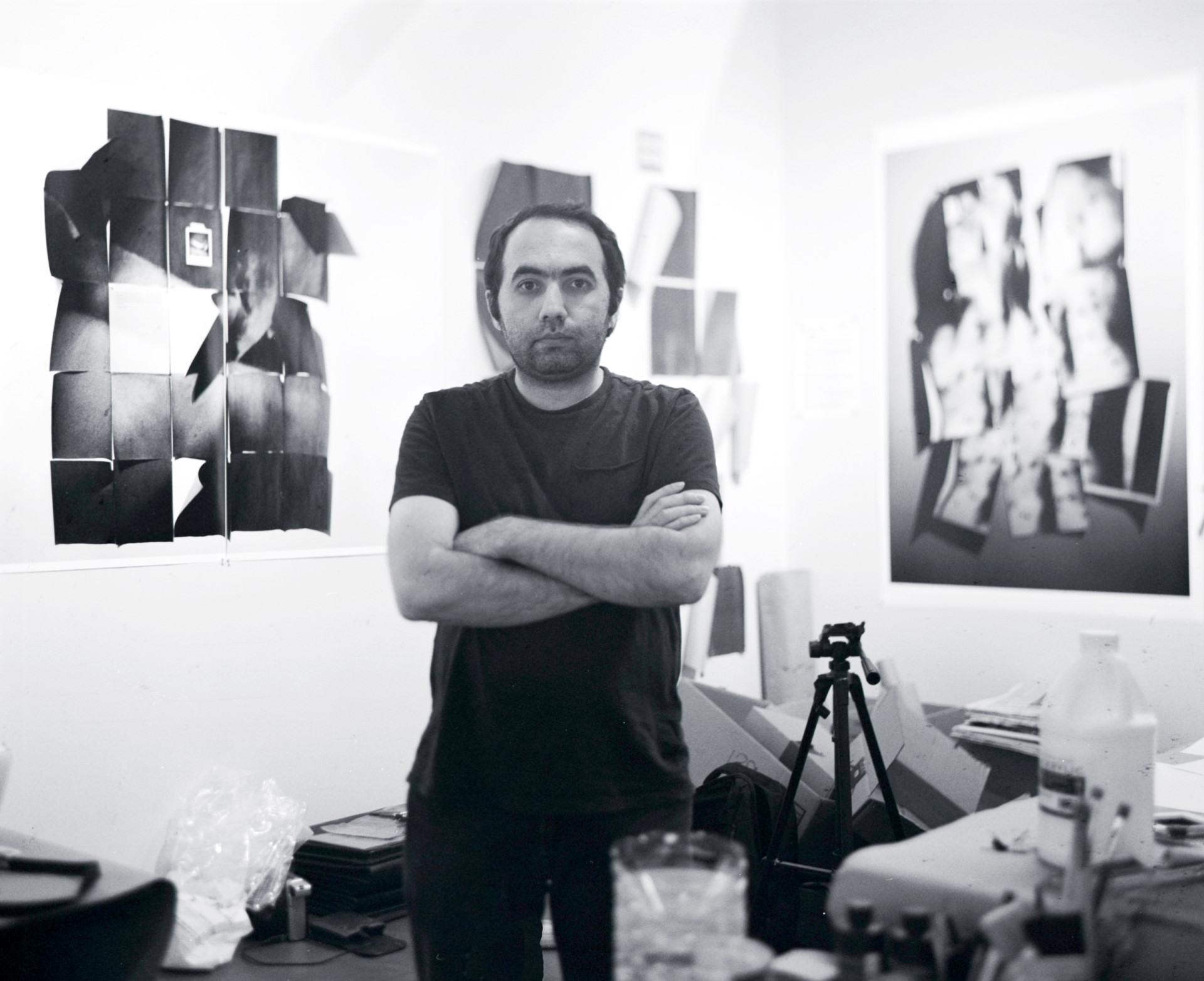We’re excited to introduce you to the always interesting and insightful Mehrdad Mirzaie. We hope you’ll enjoy our conversation with Mehrdad below.
Hi Mehrdad, thanks for joining us today. Can you talk to us about a project that’s meant a lot to you?
One of the important projects I’ve worked on is the Tasvir Archive Project, which I began in 2022. For years, I’ve been researching contemporary image-based art in Iran, and during that time, I’ve consistently struggled with the lack of reliable and accessible resources—especially in English. It’s often difficult to find proper documentation, critical writing, or even basic information about many Iranian photographers and image-based artists. This gap makes it challenging not only for international audiences to learn about these, but also for researchers and artists within Iran to access their own visual history. That’s what led me to imagine a research project like Tasvir.
While there are institutions, platforms, and projects doing important work and deep research in this field, there’s still so much more that needs to be done. I understand that this is a large and complex undertaking—one that can’t be fully addressed by a single independent researcher.
The research focuses on collecting materials that are often at risk of being lost or forgotten: artist biographies, interviews and critical essays. part of this content comes directly from the artists themselves or from under-recognized archives. I see Tasvir as both an artistic and curatorial practice—one grounded in care, preservation, and community.
What makes the project especially meaningful to me is the broader perspective it tries to offer. I hope to connect it to a larger conversation—one that includes countries and regions with similar socio-political situation, such as censorship, political violence, historical distortion, and state control over cultural memory. In this way, the project becomes not only about Iran but about shared struggles and the powerful role of images in resistance and remembrance.
It’s also important to me to focus on individual artists—their lives and experiences. I believe we need to gather enough documentation and context so that future writers, scholars, and artists can reflect on this history and engage with it meaningfully. Without proper archives, many voices and works could be lost over time.
Tasvir is meaningful to me because it brings together my interests in art, history, and politics. It’s a research project, and though it’s still growing, I hope it can become a living resource—one that supports artists, resists erasure, and reshapes how we understand contemporary Iranian image-based art in a broader, global context.
As always, we appreciate you sharing your insights and we’ve got a few more questions for you, but before we get to all of that can you take a minute to introduce yourself and give our readers some of your back background and context?
My name is Mehrdad Mirzaie. I’m an Iranian multidisciplinary artist, curator, and researcher currently based in the U.S. My work centers around photography, archives, and the relationship between visual culture, memory, and politics—especially in contexts shaped by censorship, authoritarian power, and historical erasure. I’m deeply interested in how images—especially photographs—carry history, and how they can be used both to preserve and to manipulate memory. Much of my work tries to look at that tension and to explore how visual narratives are constructed, lost, or suppressed.
I come from a background in photography. I studied painting early on, then earned a BA in Photography in Tehran before moving to the U.S., where I completed my MFA in Photography at Arizona State University in 2025. I’m now pursuing an MA in Art History at the same institution. While my early practice was more focused on lens-based photography, over time my work has shifted toward an interdisciplinary, research-driven approach. I now work across installation, found photography, curating, and academic research. My process often involves collecting and reworking archival materials, rephotographing, and experimenting with how to reread photographs. I’m especially drawn to fragile materials like paper or glass, which can reflect the vulnerability of memory and the lives tied to it.
One of my projects is the Tasvir Archive Project, which I started in 2022. It’s a long-term, evolving archive that aims to document and study the work of contemporary Iranian image-based artists. The idea came from my own experience—when I started researching photography in Iran, I keep seeing how limited and fragmented the resources were, especially in English. Many artists didn’t have their work properly documented or translated, and there was no centralized archive where someone could access critical writing, biographies. So I decided to start this research on a small scale and expand it over time.
In my own art practice, I recently completed a body of work titled Garden, a large-scale installation that brings together thousands of digital photographs transferred on glass to talk about people who were killed, disappeared, or arrested in Iran from the 1979 Islamic Revolution to the present. The project doesn’t name names or show specific identities—instead,It reflects on the collective weight of loss and the ways political systems erase individual lives and affect human experience.
What’s important to me is the blend of research, visual experimentation, and care for the materials and stories I work with. I don’t approach art as just something to be looked at—I see it as a form of inquiry and preservation. Whether it’s a photograph printed on glass, an archival intervention, or an exhibition I’m curating, I want the work to raise questions about how history is recorded, whose voices are heard, and how art can create space for stories that are often pushed to the margins.
In addition to making art, I also teach, write, and curate. I’ve worked on exhibitions that focus on contemporary Iranian image-based art, and I’ve collaborated with other artists and scholars on projects that bring together visual art, memory studies, and political history. I’m especially interested to working with emerging artists and building spaces for dialogue and visibility, both inside and outside of academic settings.
If there’s one thing I’d like people to know about my work or my practice, it’s that it comes from a deep place of listening—to stories, silences, and the images that remain. It’s also grounded in an ongoing effort to understand mental images—what comes from the past and what shapes our present and our sense of identity. I’m deeply interested in how historical images reflect human experience, and how they inform the way we remember, connect, and make meaning.
Is there mission driving your creative journey?
At the center of my practice is a focus on exploring overlooked narratives and resisting cultural erasure—especially in contexts shaped by censorship, authoritarian power, and historical distortion. My work, whether artistic or curatorial, is shaped by the belief that images hold deep power—not only to represent, but also to remember, to challenge, and to care. I see photography and archives as tools for healing, for listening more closely to narratives that are often silenced or dismissed—particularly in places where cultural memory is fragile or at risk.
Through research-based projects like the Tasvir Archive and installations like Garden, my mission is to build spaces—both physical and conceptual—where suppressed or fragmented histories can be held, seen, and thoughtfully engaged with. I’m not trying to offer definitive answers or a single narrative. Instead, I aim to create platforms where multiple voices can exist together—in tension, in conversation, and in complexity. I want my work to ask: Whose stories are we preserving? What gets forgotten? And how can the subjective image become an act of care, resistance, and reimagining? I’d like to contribute to a broader cultural memory—Whether through images, texts, or exhibitions,
Contact Info:
- Website: www.mehrdadmirzaiee.com
- Instagram: https://www.instagram.com/mrdadmirzaie/
- Linkedin: https://www.linkedin.com/in/mehrdad-mirzaie-62485572/
- Other: www.tasvirarchive.com : research website
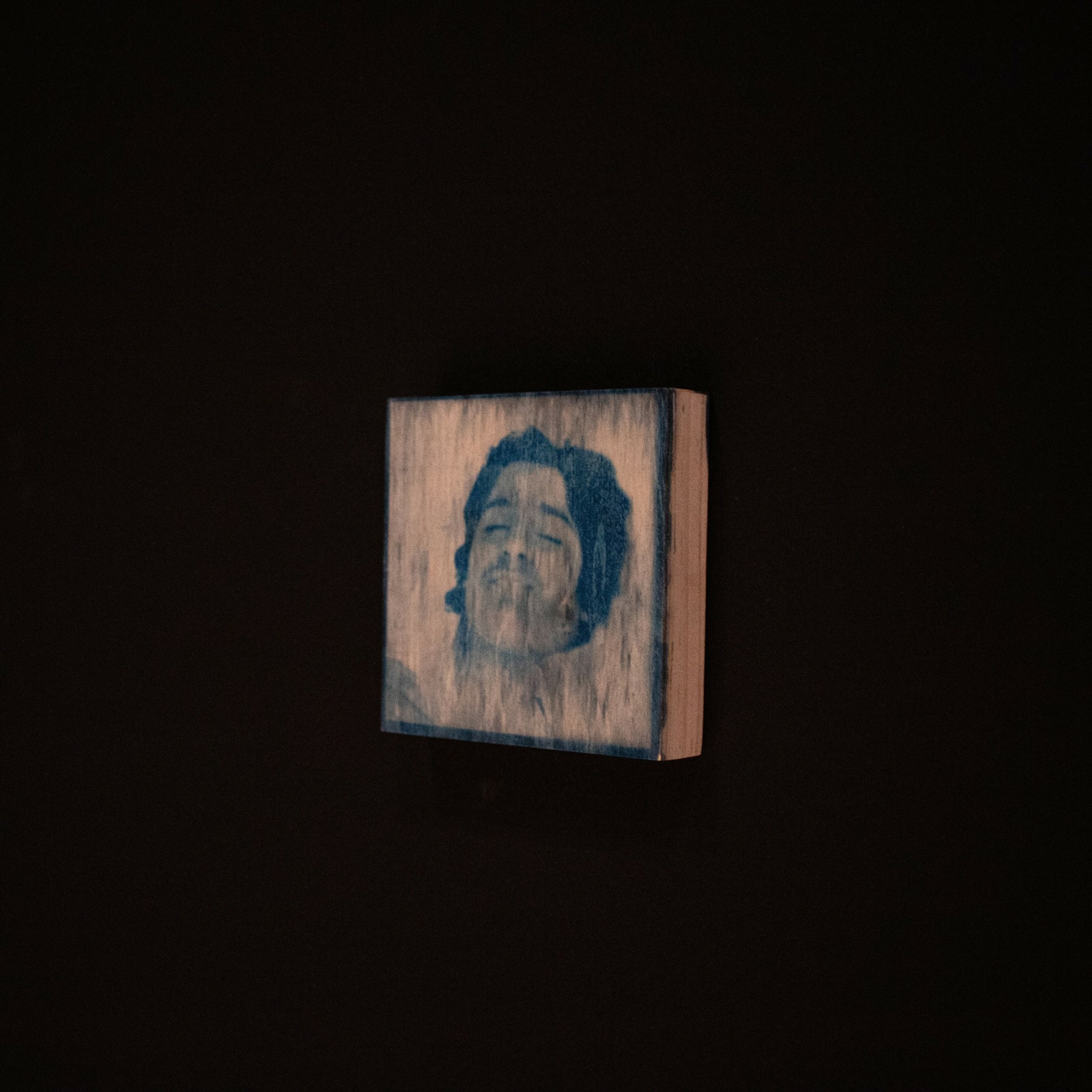
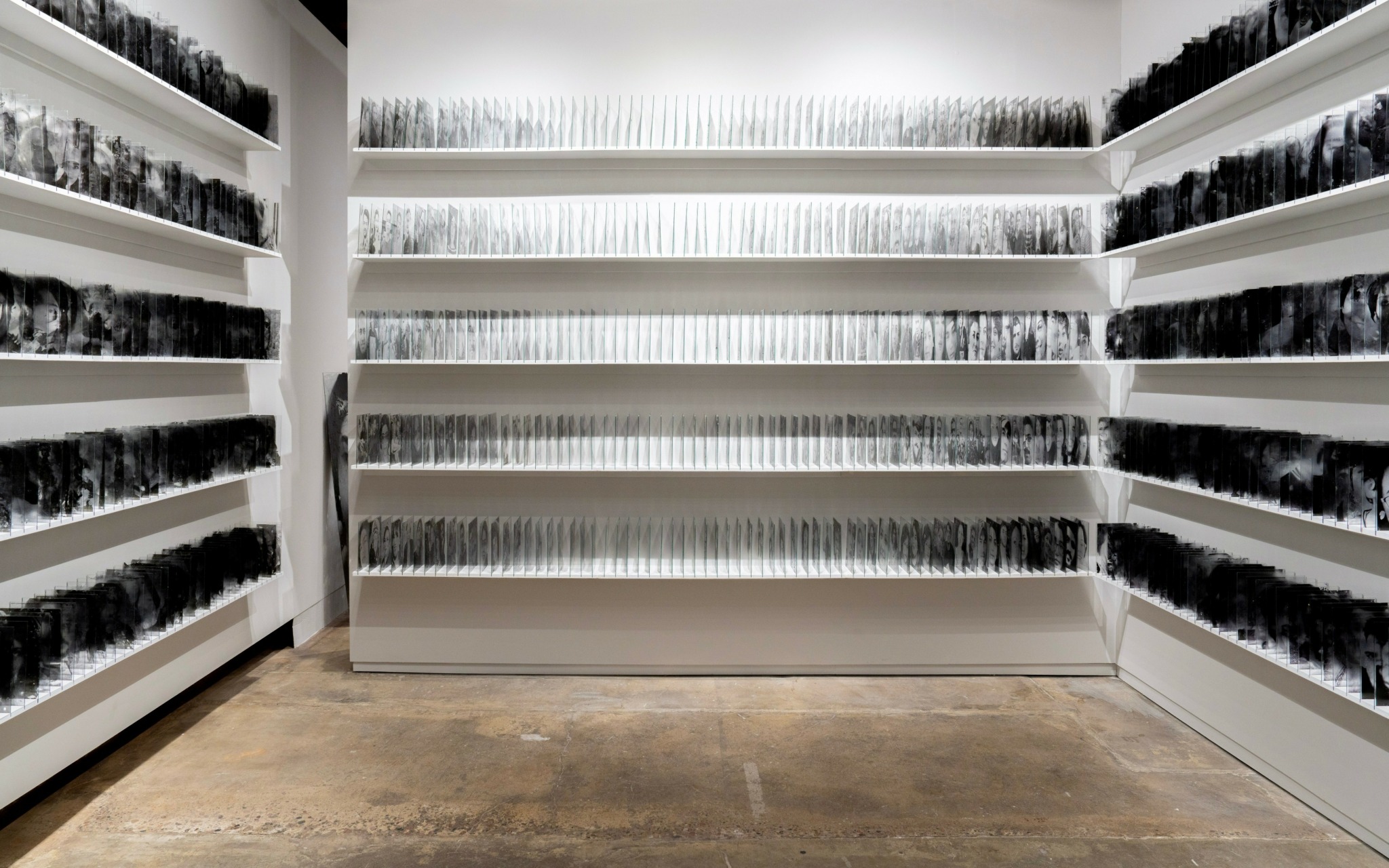
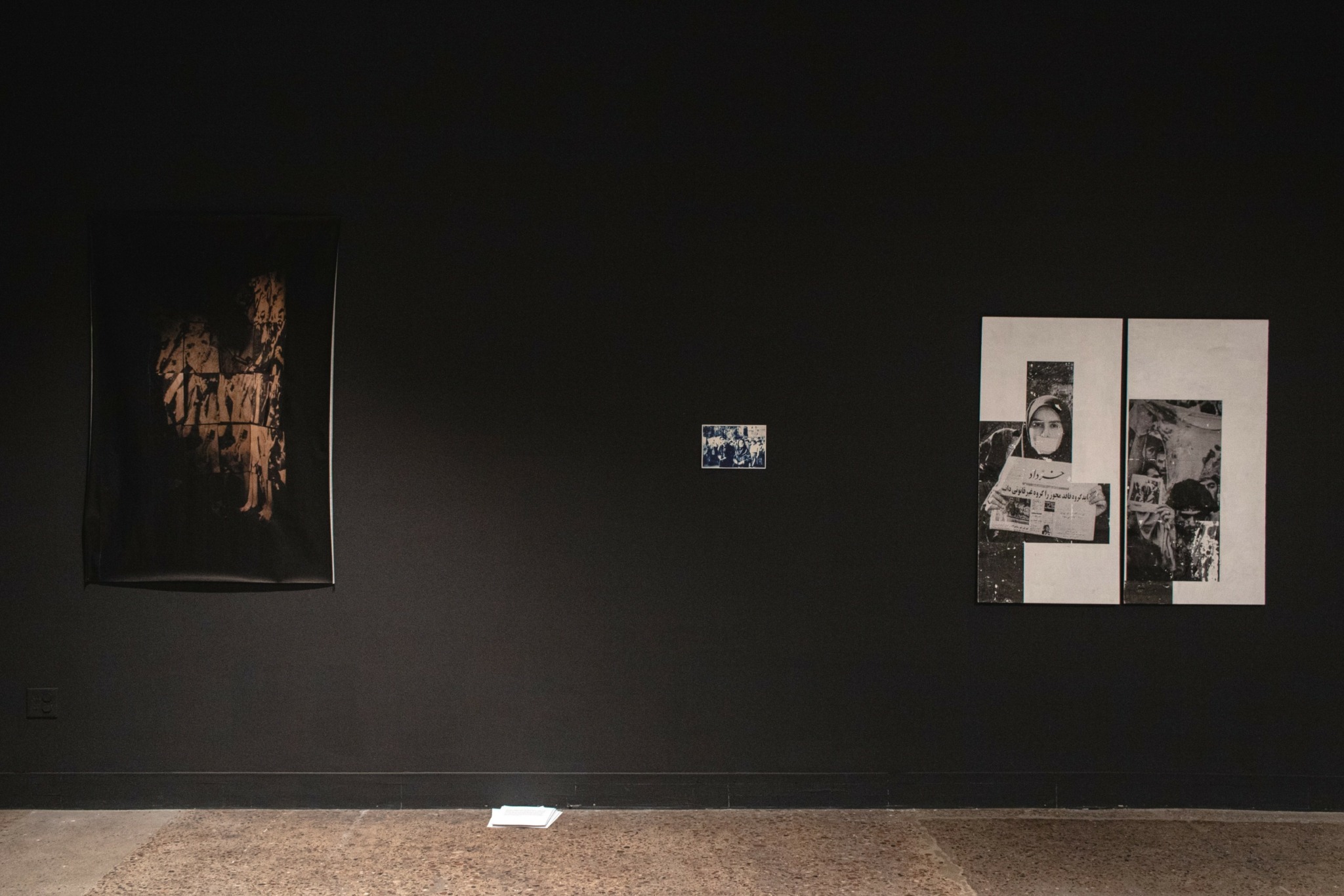
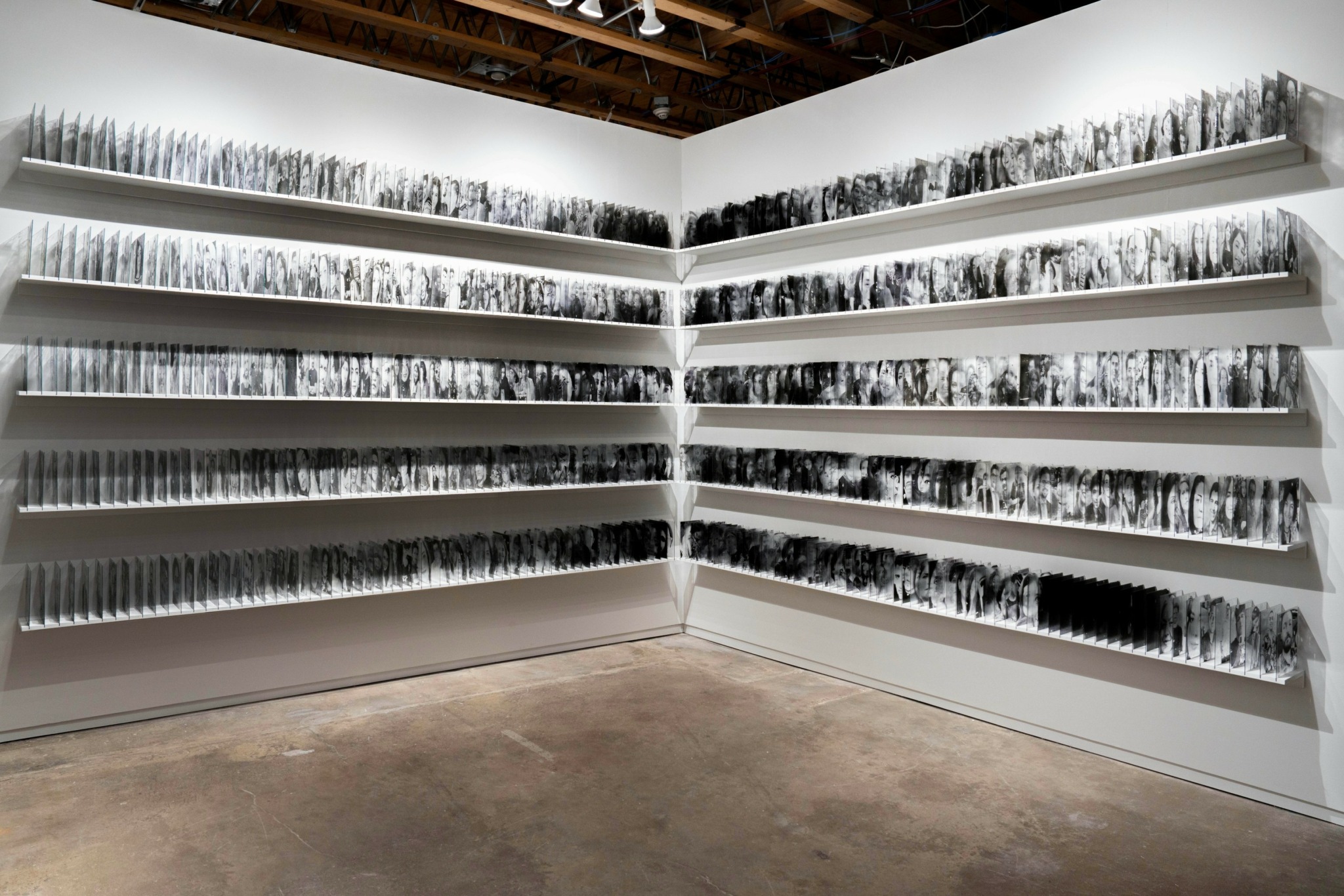



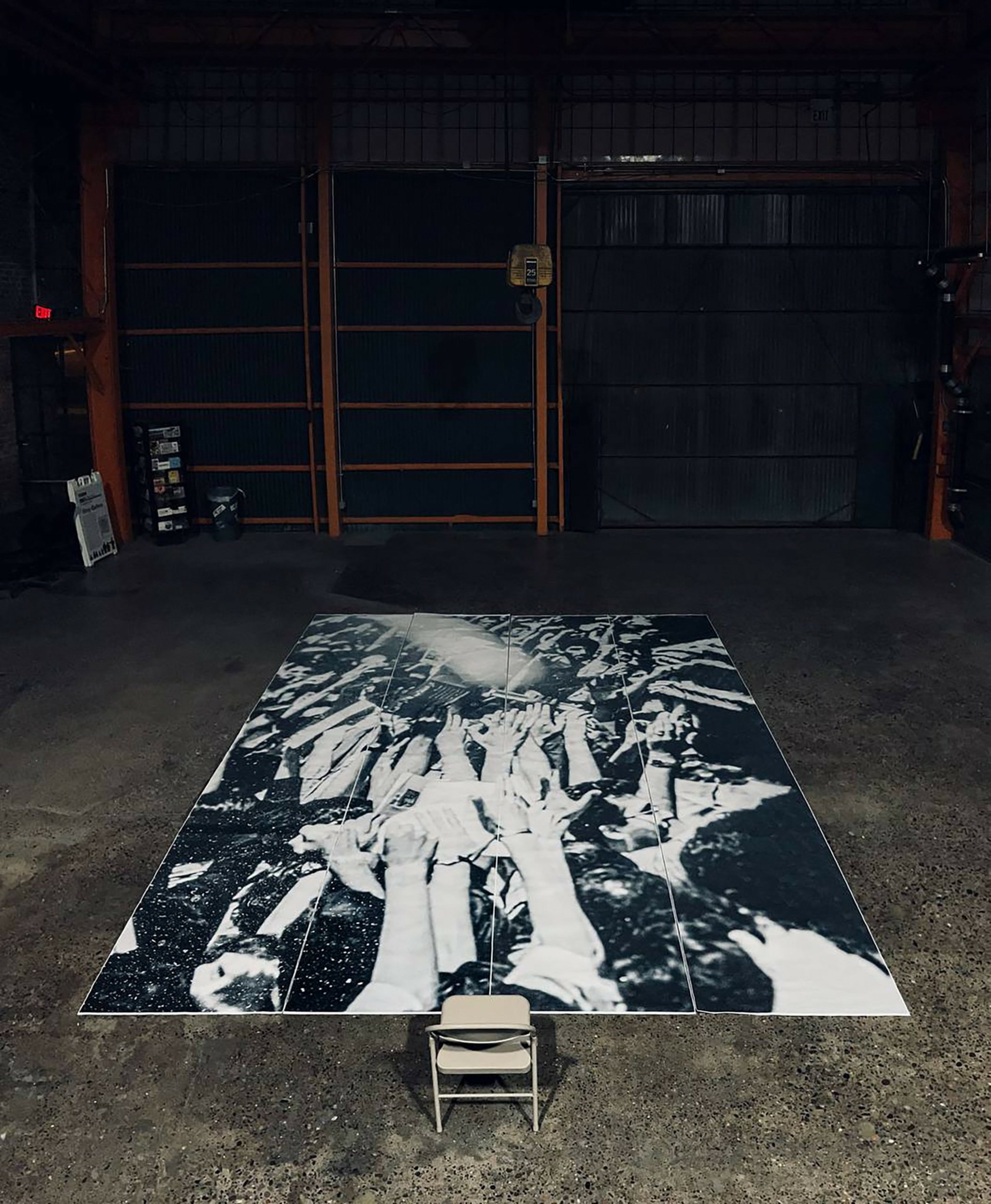
Image Credits
My portrait: Richard Pence
Other photos: Mehrdad Mirzaie


